#Eastern Mediterranean
Text
Ancient Necklace with Mosaic Glass Beads, from the Eastern Mediterranean, c.100 BCE-100 CE: this necklace is composed of 30 glass beads, most of which are decorated with stylized faces

From the John Paul Getty Museum:
The beads are made of multi-colored opaque glass and are decorated with heads and floral designs. The necklace is in good condition; some beads are chipped or cracked.

The exact origin of this piece is unknown, but it can be traced back to the Eastern Mediterranean, where it was likely made by a Greek or Roman artist.
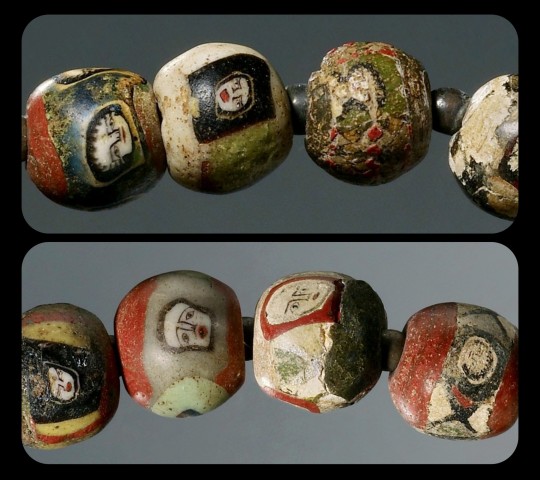
Each bead has a width of about 1.2cm (roughly half an inch); they're decorated with remarkably intricate details, and each face is depicted in its own unique style.

Sources & More Info:
John Paul Getty Museum: Necklace with Mosaic Glass Beads
#archaeology#artifact#history#ancient history#art#greek#roman#ancient art#antiquity#jewelry#beading#glass art#mosaic#crafting#greek art#roman art#eastern mediterranean#ancient#necklace#fashion#style#classical archaeology
251 notes
·
View notes
Text
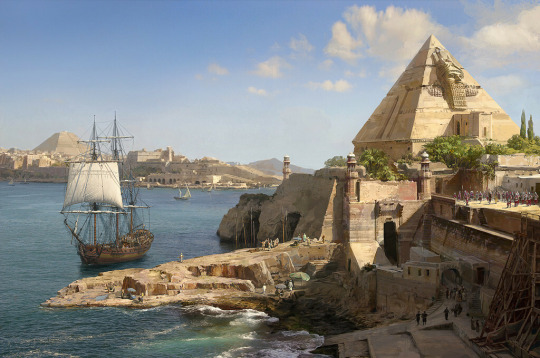
The sister cities of Tyre and Sidon, Phoenicia by Sasha Beliaev
#tyre#sidon#phoenicia#maritime#port#harbour#art#sasha beliaev#ports#harbours#phoenician#phoenicians#mediterranean#eastern mediterranean#levant#ships#ship#biblical#bible#history#antiquity#architecture#boat#boats#sailing#sea#seaport
169 notes
·
View notes
Text

~ Flask.
Date: A.D. 1st century
Place of origin: Eastern Mediterranean
Culture: Roman
Medium: Glass
#ancient#ancient art#history#museum#archeology#ancient history#archaeology#roman empire#roman#rome#flask#Eastern Mediterranean#glass#1st century
608 notes
·
View notes
Photo
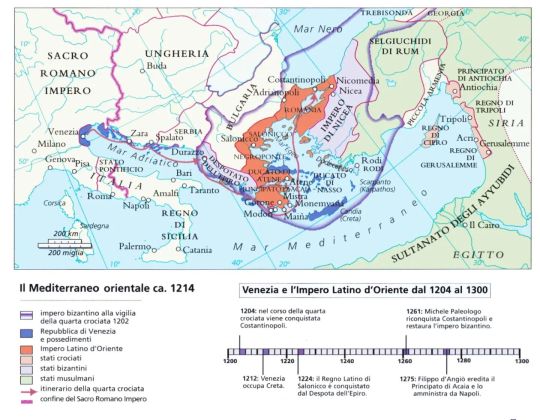
The Eastern Mediterranean around 1214
“Atlante storico Geo-Mondadori”, 2000
by cartesdhistoire
After the capture of Constantinople in 1204, the Byzantine Empire was divided between the victors. The "Partitio Romaniae" assigned to Emperor Baldwin, as direct possession, a quarter of the empire: the capital and the interior, plus the coasts of Anatolia and the large islands of the Aegean Sea. Marquis Boniface returns Thessalonica, Athens and Attica, Boeotia, Corinthia and Argolis. To the crusader barons, Thessaly, part of Macedonia, Thrace.
61 notes
·
View notes
Text

garnet & gold finger rings, found in beirut lebanon, made in egypt, 200-100 b.c.
british museum. 1917,0501.770
#ancient egypt#egypt#roman egypt#greco roman egypt#greco egypt#lebanon#beruit#eastern mediterranean#jewellery
116 notes
·
View notes
Text

Horse Blinker, carved in relief with a seated Sphinx
Assyria, 1365-609
51 notes
·
View notes
Text
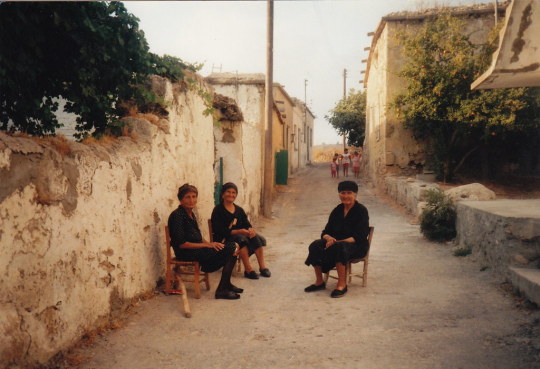
Maronite women in Kormakitis (Kormajitis), Cyprus.
"For centuries, this small community of Maronites have retained a distinct identity rooted in their Catholic faith.
Ancestors of Christians who settled in Cyprus after fleeing what is now Lebanon and Syria in waves from the 8th century onwards, many were forced to move again when Cyprus was divided almost half a century ago.
The hamlet, Kormakitis, is the largest of four communities dispersed after a Turkish invasion, triggered by a brief Athens-inspired coup, divided Cyprus in 1974 among its mainly Orthodox Greek Cypriots and its Sunni Muslim Turkish Cypriots.
Less than 200 of the hamlet’s 2,000 strong community remained after the split, although a Turkish Cypriot relaxation on crossings in 2003, and permission in 2010 for Maronites to resettle there, has now boosted the population to about 250.
Families from the other three villages form part of a small, displaced Maronite minority in the internationally recognized Republic of Cyprus.
Cypriot Maronite Arabic, also known as “Sanna,” is unique to Kormakitis and the forced separation of the community, along with assimilation and a focus by Cypriot authorities in the 1960s on teaching Maronites Greek, has eroded its use."
#maronites#maronite cypriots#cyprus#lebanon#syria#middle east#levant#history#turkish invasion#turkish occupation#arabic#vintage#greek cypriot#turkish cypriot#armenian cypriot#kormakitis#kormajitis#kormacit#eastern mediterranean#mediterranean#levantine sea#photography#arab
2 notes
·
View notes
Text
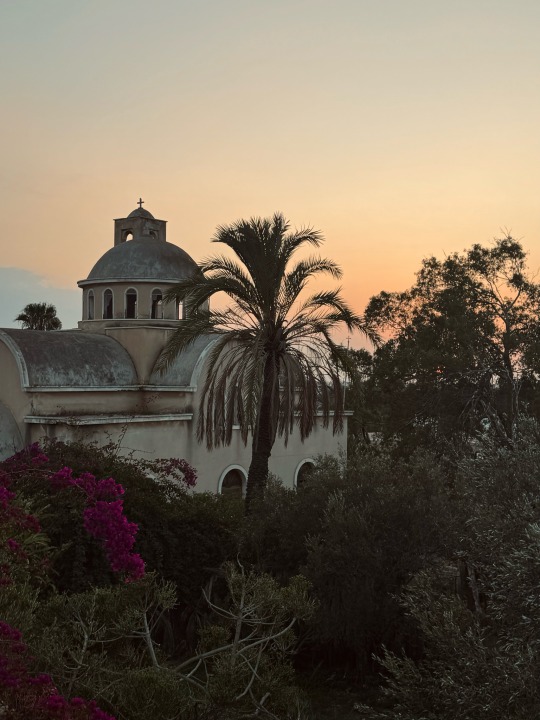
#northen cyprus#cyprus#varosha#kapalı maraş#maraş#mağusa#gazimağusa#famagusta#mediterrenian#eastern mediterranean#church#ghost city#ghost town#architectural#post war#sunset#evening
2 notes
·
View notes
Text
Your birth mother of Byzantine blood.






5 notes
·
View notes
Link
Is it worth traveling to Northern Cyprus? The answer is here: Medium
For more about travel to TRNC: Blog
#trnc#north cyprus#northern cyprus#travel#traveling#travel blog#travel blogs#travel blogger#holiday#holiday time#vacation#travel tip#travel tips#Travel Photography#travel photo diary#travel photo blog#holiday travel#Eastern Mediterranean#mediterranean
3 notes
·
View notes
Text
Volunteering today and got to check out the new Eastern Mediterranean galleries. ❤️


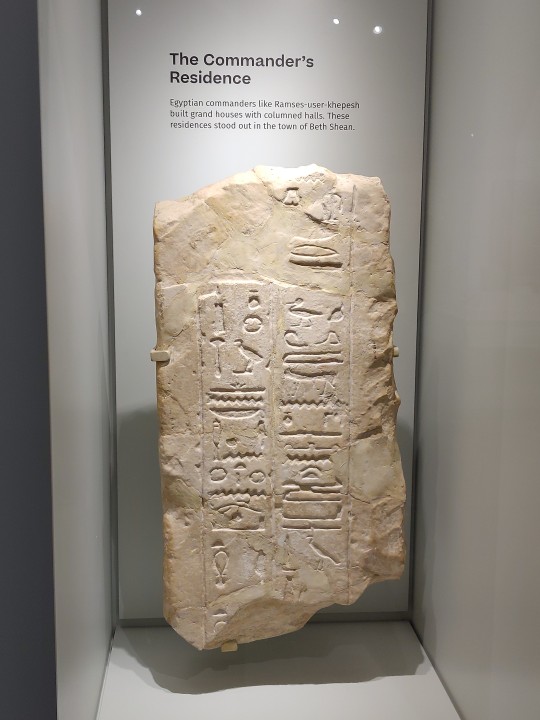
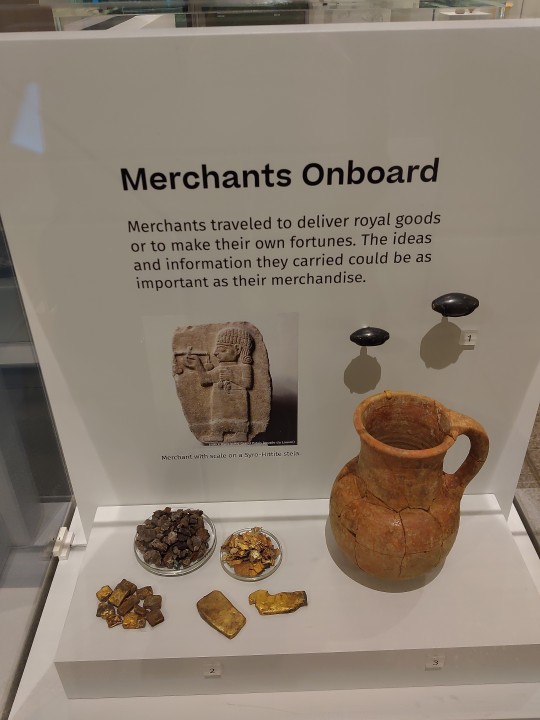


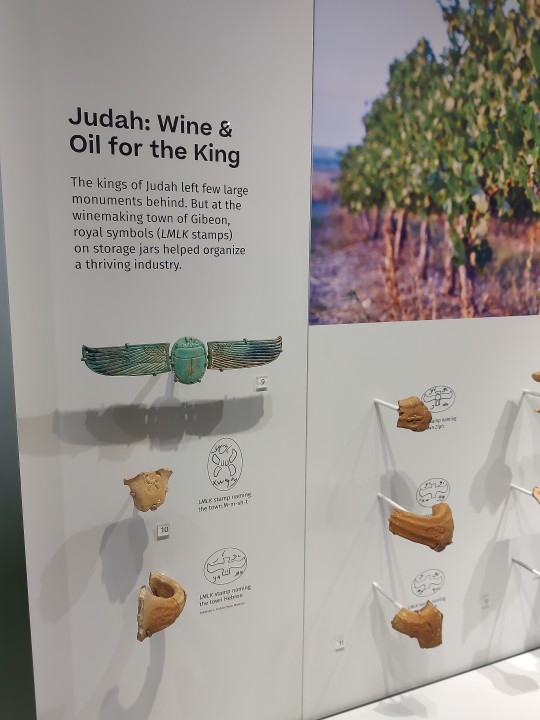


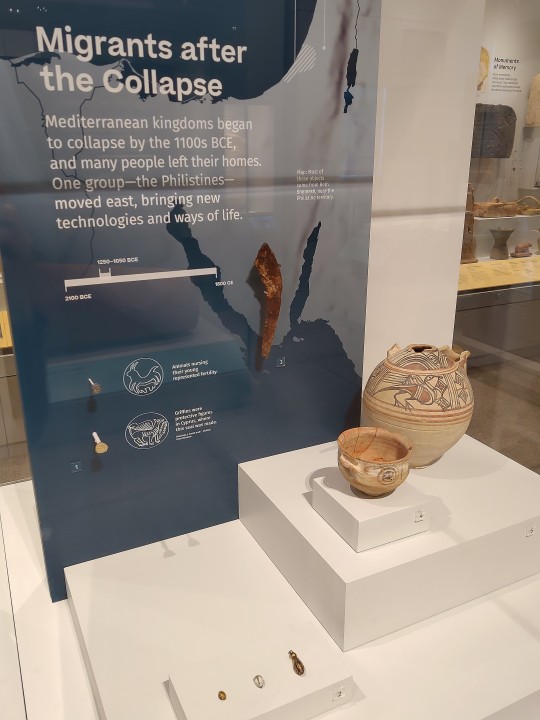
5 notes
·
View notes
Text
EASTERN MEDITERRANEAN REGION - Regional date and trends.


In 2022, the Eastern Mediterranean Region’s seven malariaendemic countries accounted for 3% of global malaria cases. Sudan carried the heaviest malaria burden in the Region, with 41% of cases, followed by Pakistan, Somalia, Yemen, Afghanistan and Djibouti (Fig. 3.6c). Beginning in 2000, the Region saw a steep download trend in
its malaria burden followed by a surge in cases and deaths in
the period 2015 to 2022:
case incidence (cases per 1000 population at risk) fell
from 20.2 in 2000 to 9.0 in 2015 and then increased to
15.2 in 2022 (Fig. 3.6a);
total malaria cases fell from 6.9 million in 2000 to
4 million in 2014 before increasing steadily, reaching
8.3 million in 2022;
mortality rate (deaths per 100 000 population at risk) fell
from 4.0 in 2000 to 1.7 in 2015 and then increased to 2.9 in
2022 (Fig. 3.6b);
total malaria deaths fell from 13 600 in 2000 to 7500 in
2014 and then more than doubled, to 15 900, in 2022.
Between 2021 and 2022, there was a sharp rise in malaria
cases in the Region, from 6.2 million to 8.3 million. This was
due, in large part, to an increase of 2.1 million cases in Pakistan
following a malaria outbreak triggered by the catastrophic
2022 flooding. Significant increases were also seen in
Afghanistan and the Sudan, with an additional 94 000 and
35 000 cases, respectively
Reliable data remains a challenge. Instabilities in Afghanistan,
Somalia, the Sudan and Yemen have led to the closure of
health facilities and to other disruptions; as a result, obtaining
reliable malaria data in these countries has been a challenge,
and current estimates should be interpreted with caution.
In view of recent trends, the Eastern Mediterranean
Region is off track towards meeting the 2025 GTS malaria
case incidence and mortality milestones by 75% and 74%,
respectively (Fig. 8.6):
In 2022, malaria case incidence increased by 55% or more
in Djibouti, the Islamic Republic of Iran, Pakistan, the Sudan
and Yemen, compared to a 2015 baseline. Meanwhile, case
incidence in Somalia in 2022 was the same as in 2015.
Malaria deaths increased by an estimated 55% or more in
Djibouti, Pakistan and the Sudan, and by 25–55% in Yemen.
There was no estimated change in mortality in Somalia.
Despite the overall regional trend, some countries achieved
notable successes:
In 2022, Saudi Arabia reported zero indigenous malaria
cases for the second consecutive year and zero indigenous
malaria deaths since 2000.
Iraq, Morocco, Oman and the Syrian Arab Republic last
reported indigenous malaria cases in 2008, 2004, 2007 and
2004, respectively.
In 2022, all countries in the Region reported zero malaria
deaths, aside from Djibouti, Pakistan, the Sudan and
Yemen.
Malaria mortality rates fell by an estimated 25–55% in
Afghanistan in 2022 compared with 2015.


#eastern mediterranean#zero human cases of malaria#case incidence#malaria cases#world malaria report#world health organization (who)#WHO EMRO
0 notes
Text
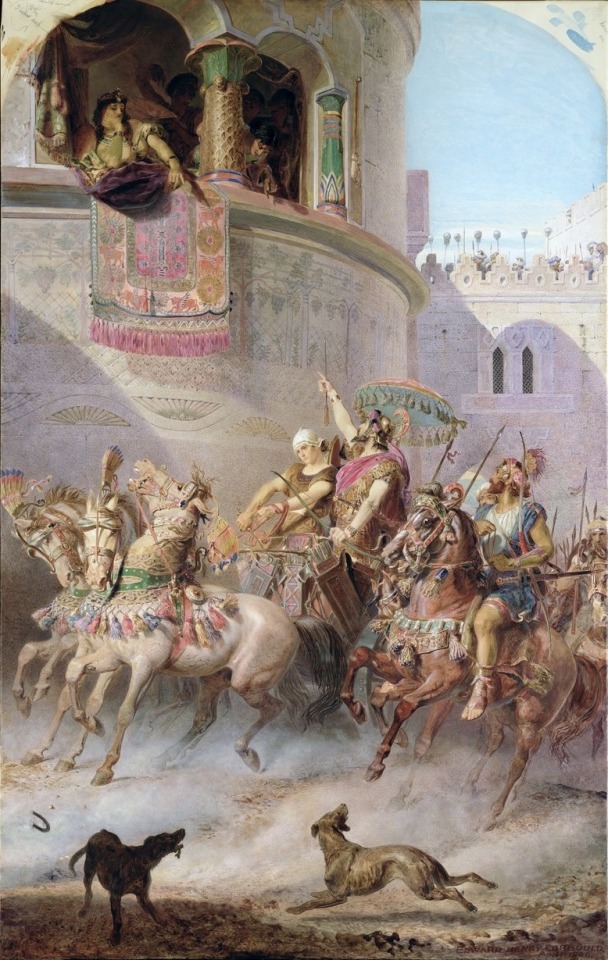
Jehu Enters the City of Jezreel by Edward Henry Corbould
#edward henry corbould#art#jehu#king#israel#jezreel#palace#window#jezebel#queen#architecture#chariot#chariots#horse#horses#biblical#bible#levant#eastern mediterranean#Israelite#israelites#city#dogs
59 notes
·
View notes
Text

~ Goblet.
Place of origin: Roman Empire, Eastern Mediterranean
Date: A.D. 5th-6th century
#5th century#6th century#glass#glassware#goblet#eastern Mediterranean#roman#roman empire#history#archeology#museum
319 notes
·
View notes
Text
Etruscans
According to numerous studies and genetic research, the Etruscans are believed to have originated from the region of central Europe, specifically the modern-day area of Austria and Hungary. Recent DNA analysis has indicated that this ancient civilization was a distinct population with genetic links to both eastern Mediterranean and northern European populations. The Etruscans were likely…
View On WordPress
0 notes
Text

Keftiu (Minoan, Cretan, later Mycenaean) men depicted bringing tribute within the tomb chapel of the vizier Rekhmire (TT100).
New Kingdom, 18th Dynasty, reign of Thutmose III - Amenhotep II, c. 1479-1400 B.C.
Valley of the Nobles, Theban Necropolis
Photograph by manna4u
http://facebook.com/Egypt.Museum
#ancient egypt#minoan#mycenaean#crete#ancient crete#cretan#ancient mediterranean#eastern mediterranean#mediterranean#ancient trade#history#egypt
58 notes
·
View notes